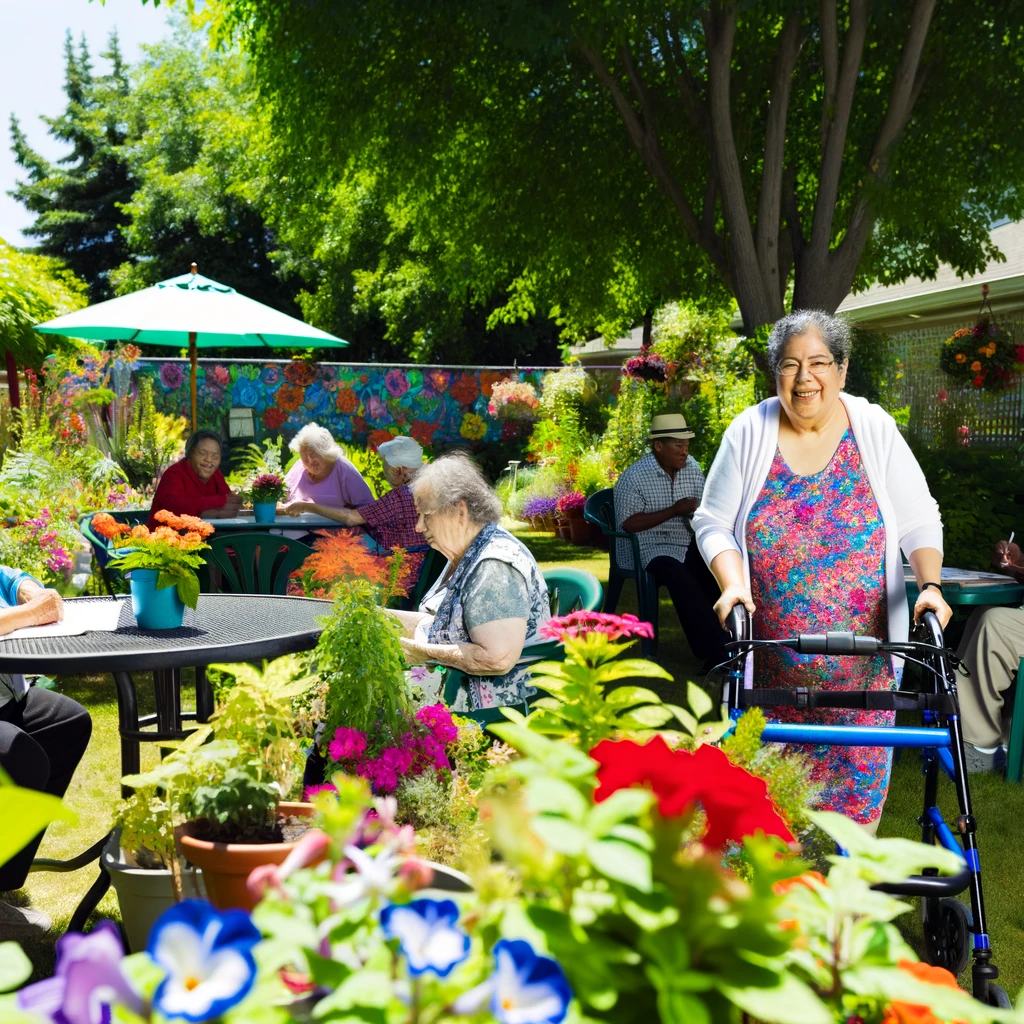
Introduction
Choosing a senior living community is a significant decision, particularly for pet owners who want to ensure their furry friends remain part of their life. With the growing recognition of the therapeutic benefits of pets, many senior living communities now offer pet-friendly options. This article explores critical considerations when selecting a pet-friendly senior living community.
Understanding Pet Policies
Before committing to a senior living community, it is essential to understand their pet policy. This includes the types of pets allowed, any breed or size restrictions, and the number of pets permitted. Some communities may have specific rules about pet behavior and noise levels, so clarifying these details in advance can help avoid future issues.
Types of Pets Allowed
Many communities allow common pets like cats and dogs, but it’s essential to check if they accommodate other animals such as birds or fish. Ensure the community can cater to your specific pet needs to avoid having to make difficult decisions later.
Pet Amenities and Services
Consider the amenities and services available for pets. Some communities offer on-site pet parks, grooming stations, or even pet-sitting services. These amenities can significantly enhance the quality of life for both the pet and the owner, providing convenience and peace of mind.
On-site Pet Facilities
Having access to on-site pet facilities like walking paths or fenced areas for off-leash activities can be highly beneficial. Evaluate the safety and cleanliness of these areas to ensure they meet your standards.
The Benefits of Pet-Friendly Communities
Research has shown that pets can play a crucial role in enhancing the mental and physical health of seniors. They provide companionship, reduce stress, and encourage physical activity. A community that recognizes and supports this bond can significantly improve the overall well-being of its residents.
Social Interaction and Support
Pet-friendly communities often foster a sense of camaraderie among pet owners, creating opportunities for social interaction and support. These connections can be vital for seniors, helping to alleviate feelings of loneliness and isolation.
Health and Safety Considerations
It’s crucial to assess the health and safety measures in place to protect both residents and pets. This includes checking for secure fencing, safe walking areas, and policies for vaccination and pet health checks. Ensuring the community prioritizes these factors will contribute to a harmonious living environment.
Pet Health and Wellness
Some communities might offer partnerships with local veterinarians or pet health clinics, providing easy access to regular check-ups and emergency care. This can be a valuable resource for maintaining your pet’s health and well-being.
Conclusion
Choosing a pet-friendly senior living community requires careful consideration of various factors, from pet policies to amenities and health measures. By taking the time to evaluate these aspects, you can ensure a fulfilling and comfortable living experience for both you and your beloved pet. The right community will not only accommodate your needs but also enhance your quality of life, making it a rewarding choice.
Related Articles





